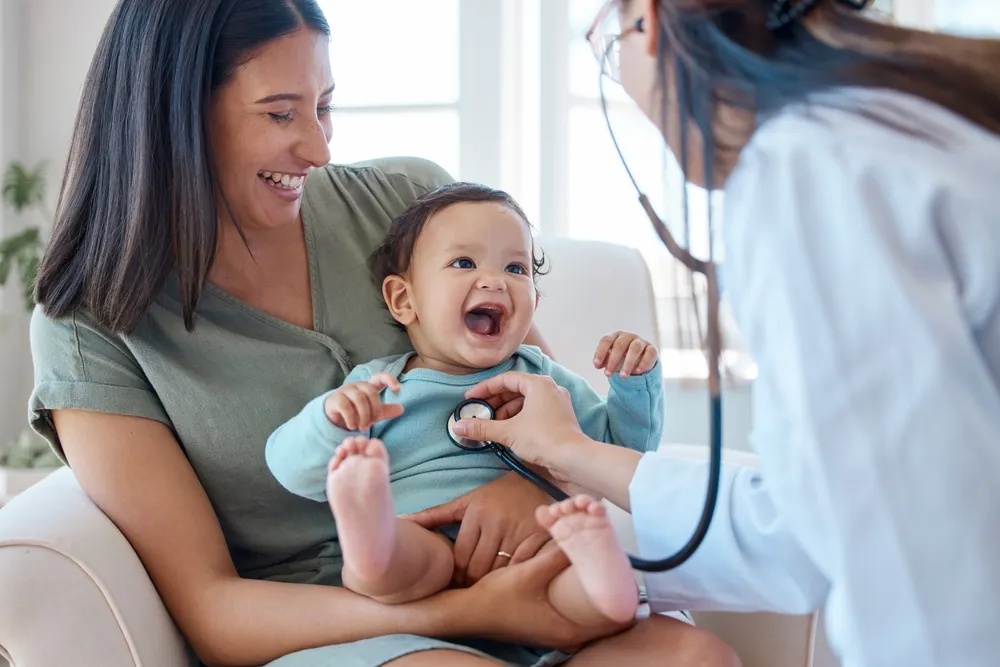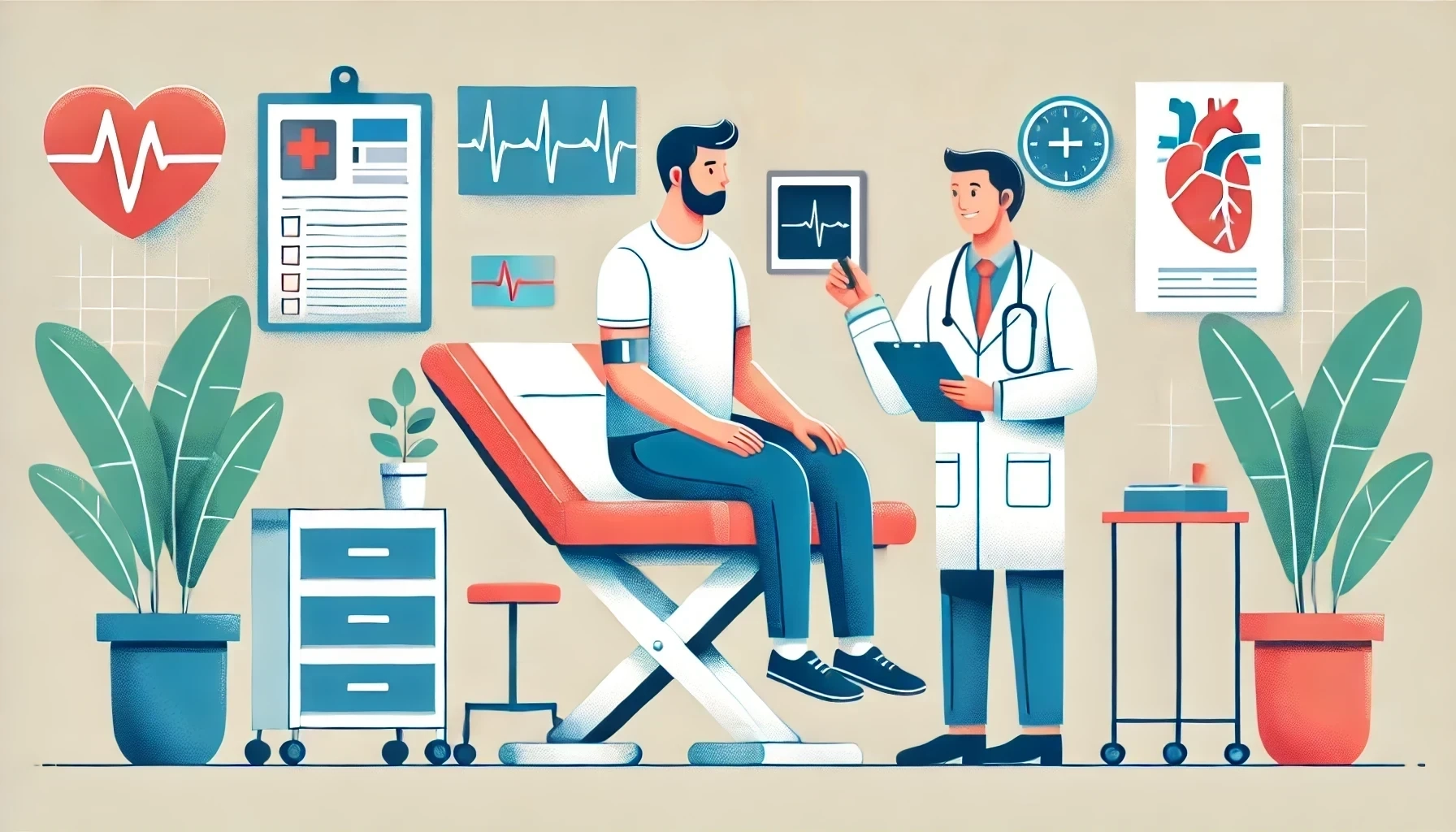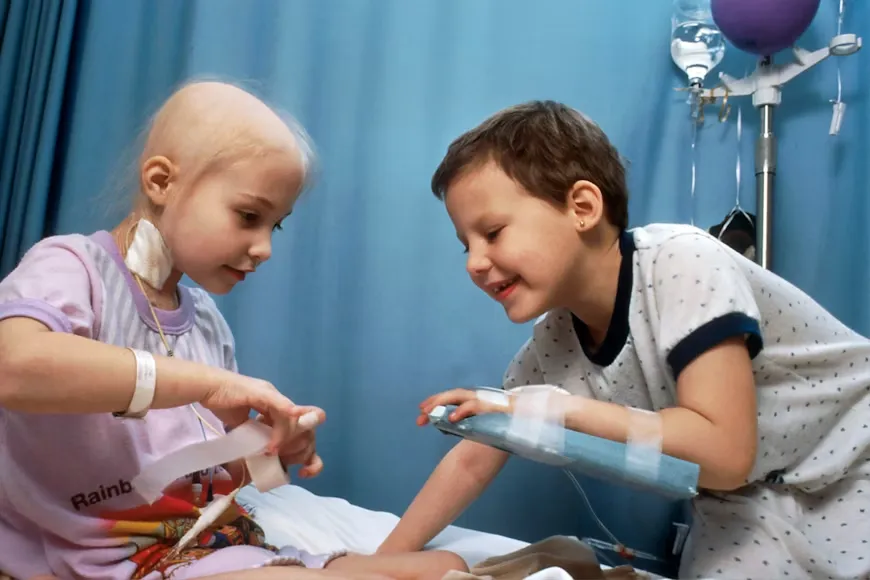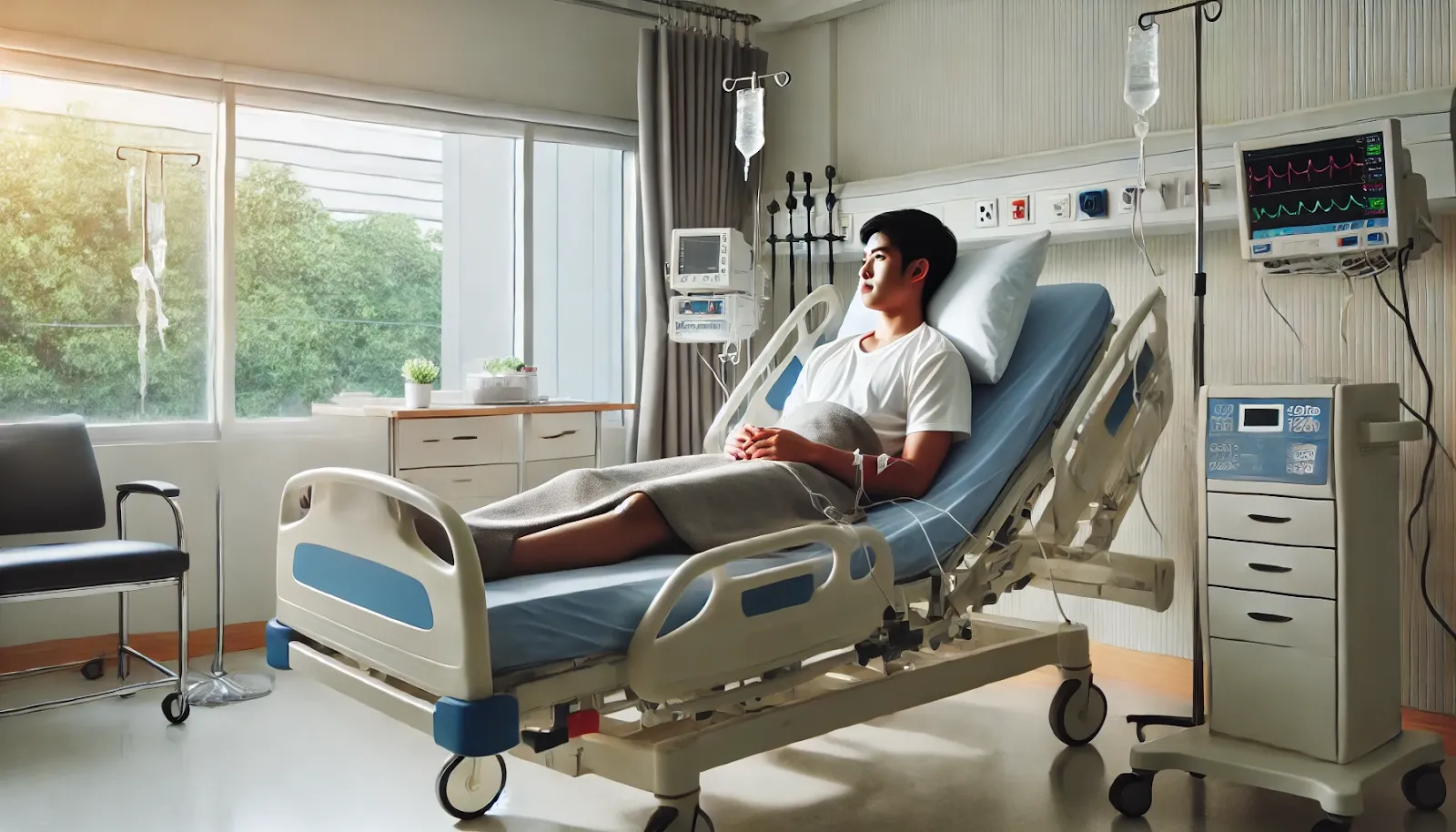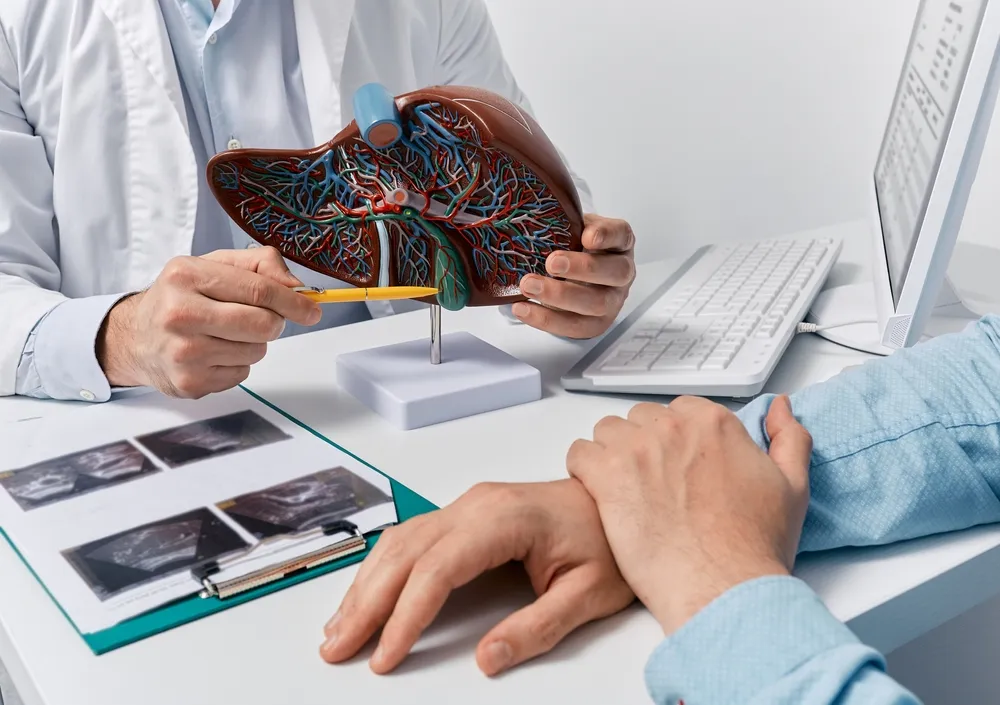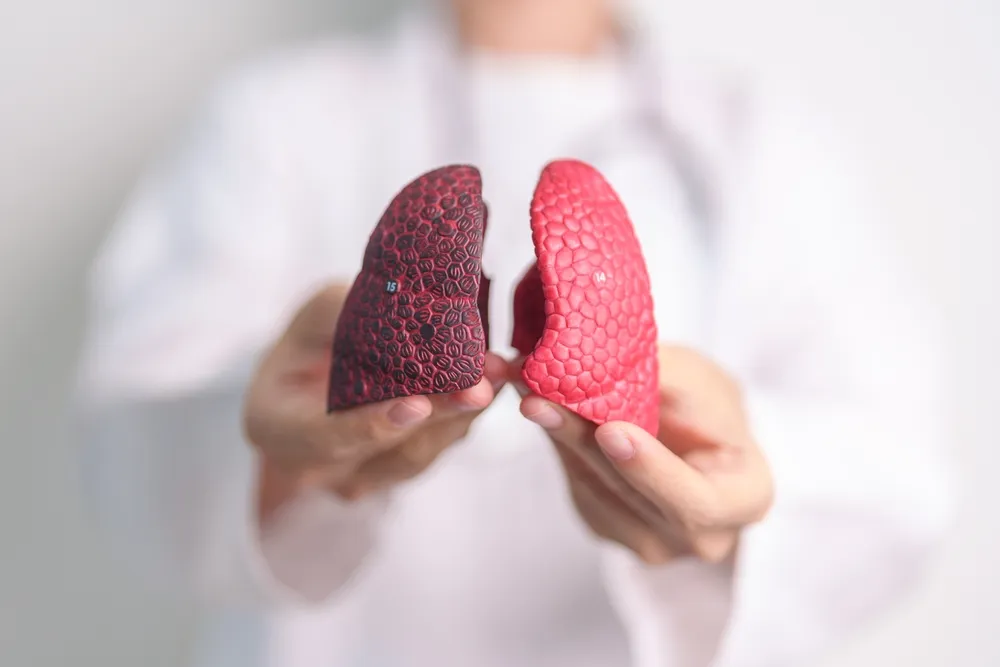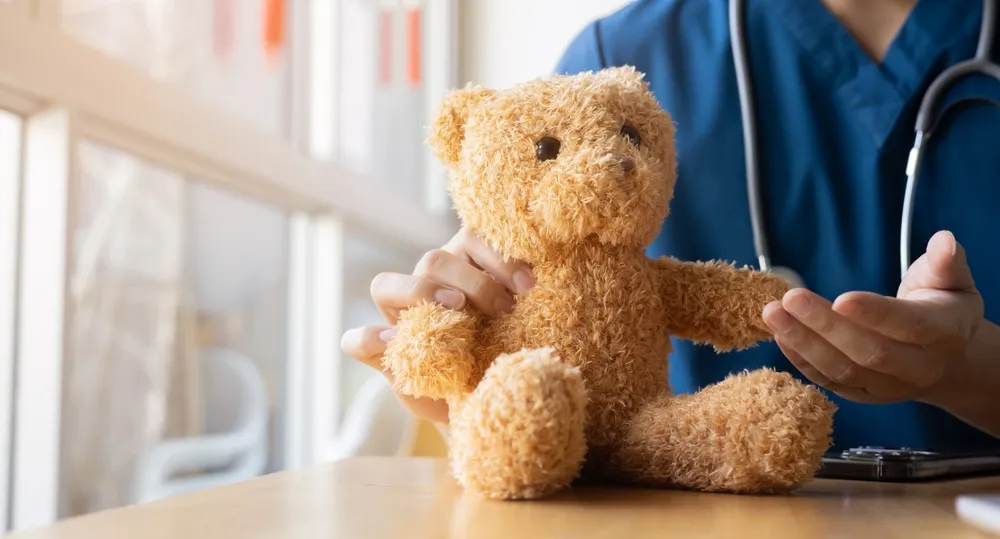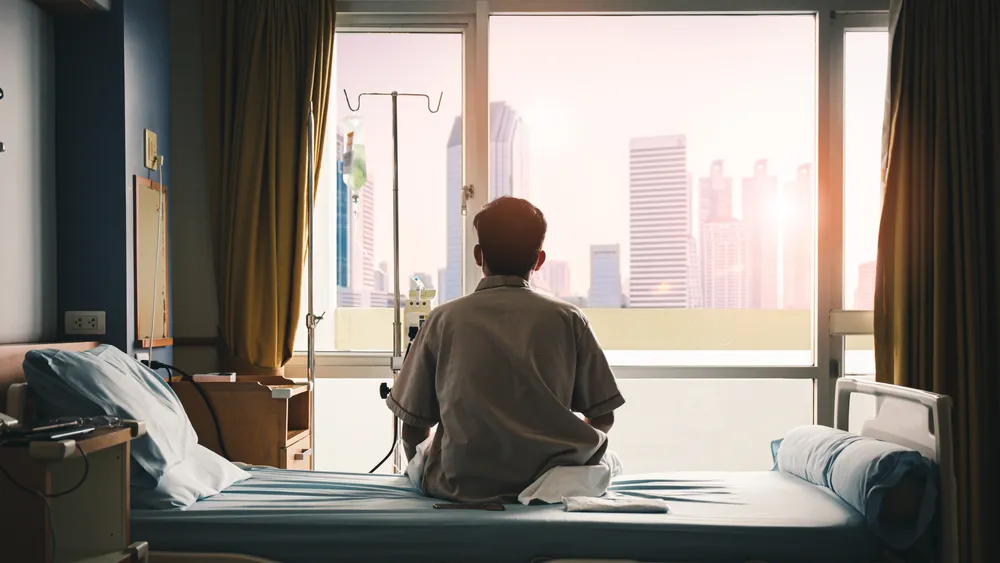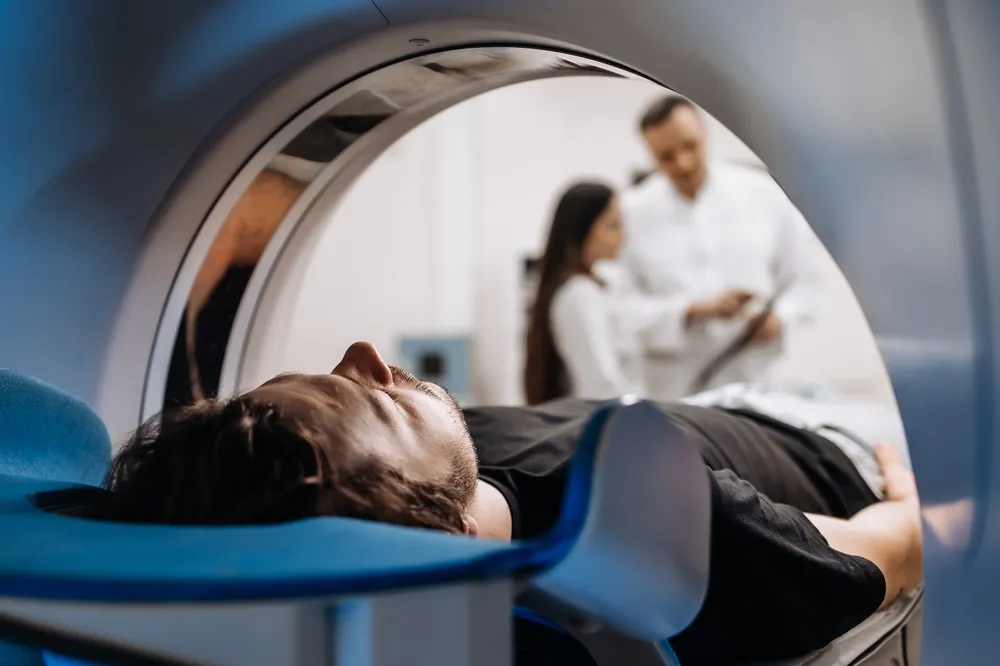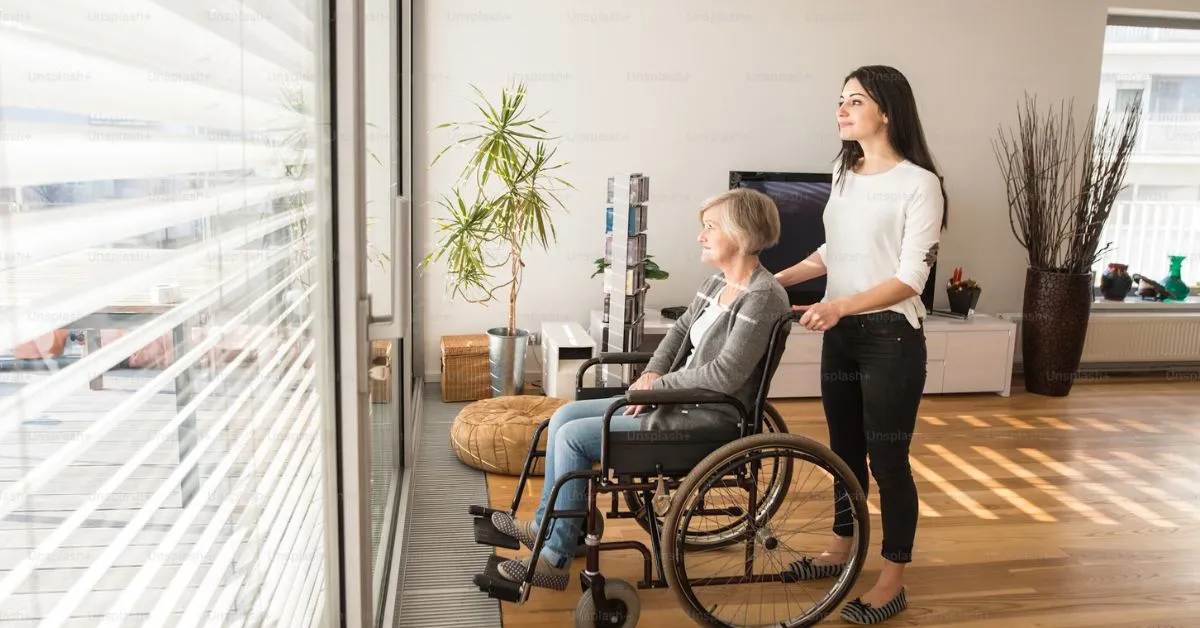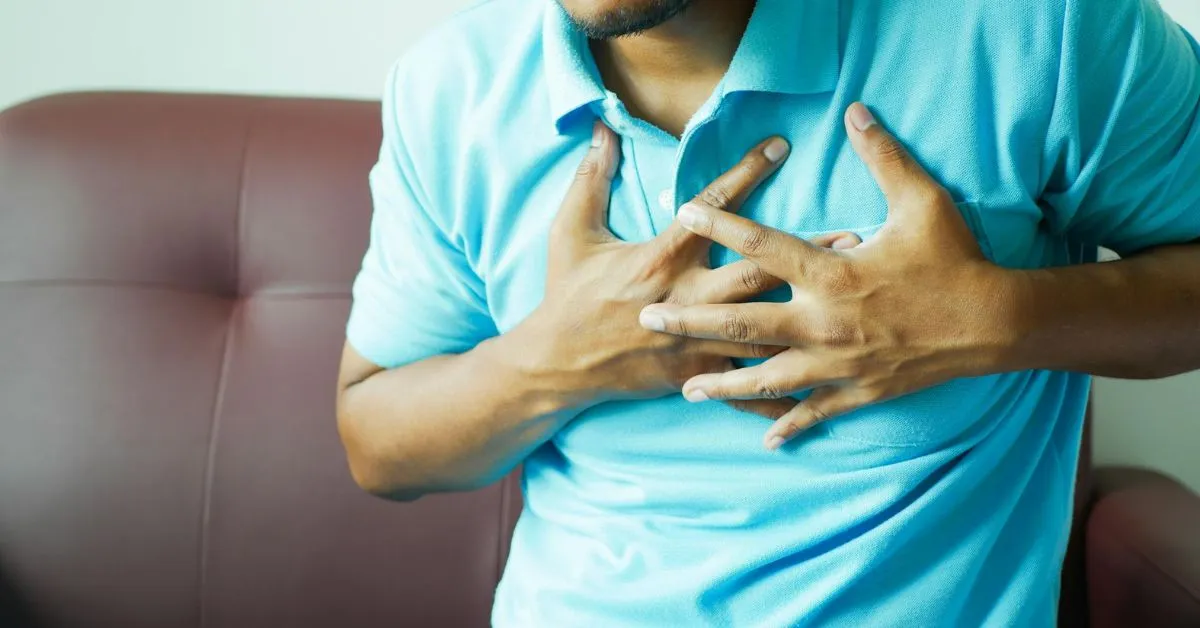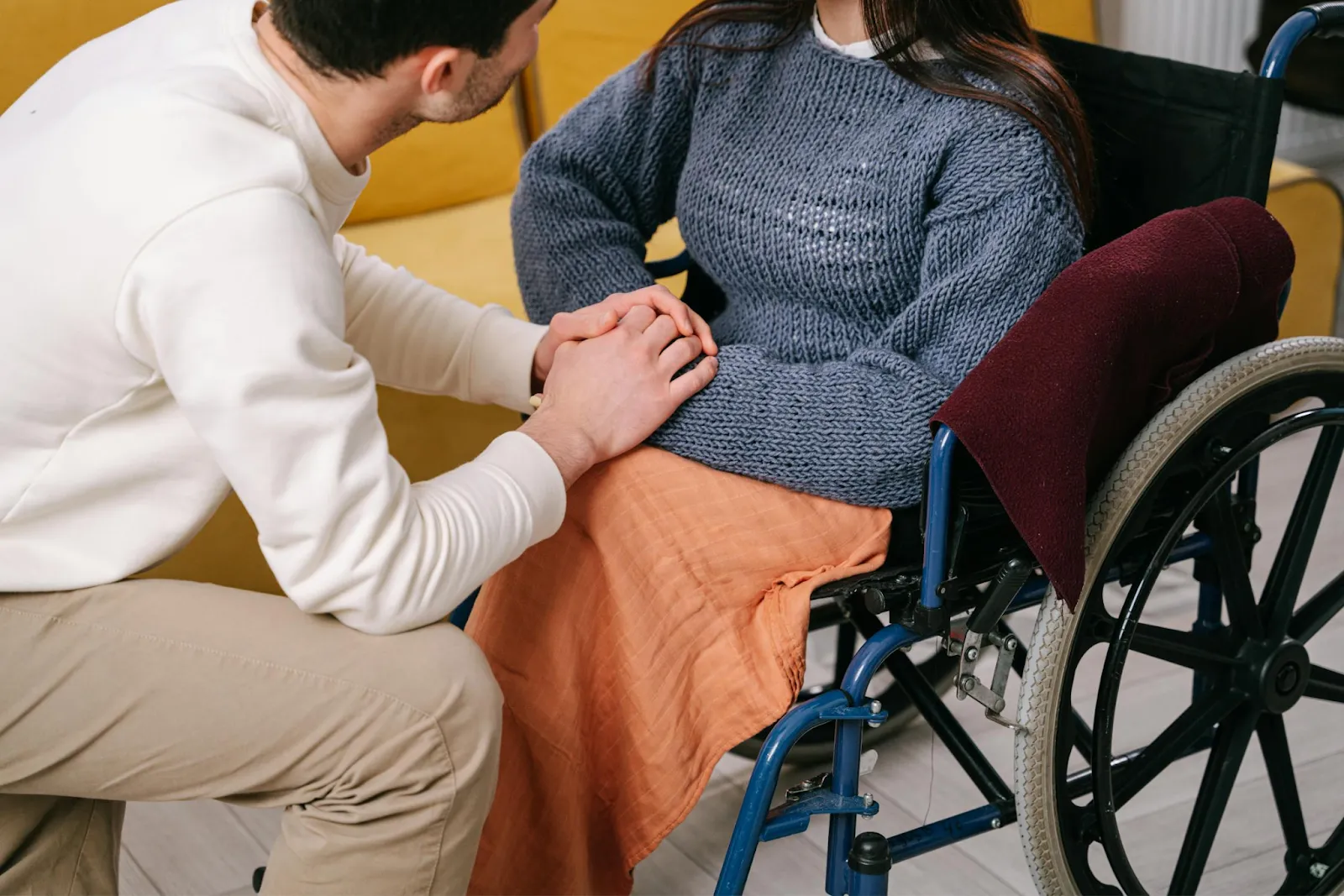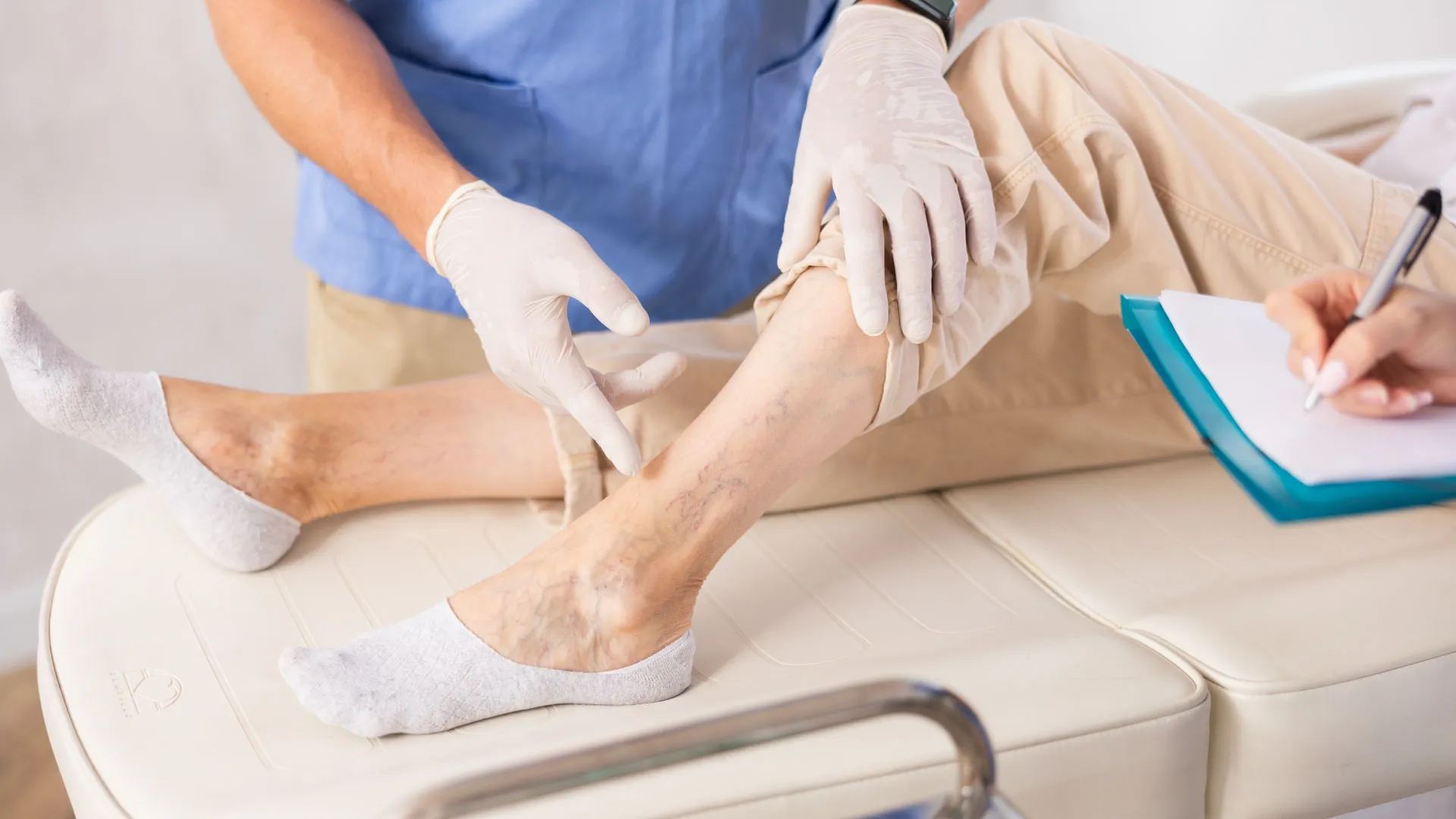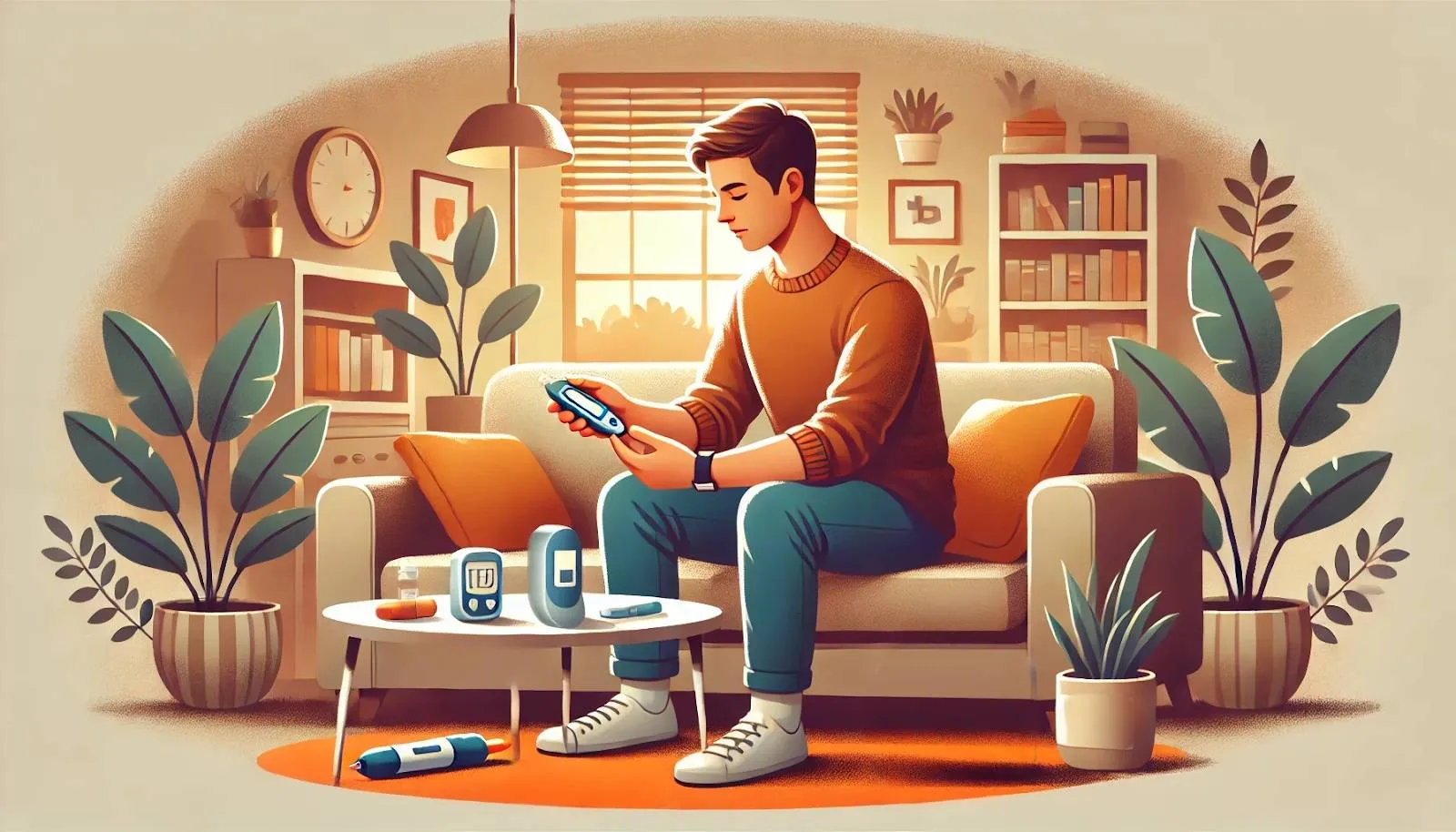Why Is Early Detection of Cancer in Children Important?
Cancer in children is different from cancer in adults. In adults, cancer often develops due to environmental or lifestyle factors, whereas in children, cancer more often occurs due to spontaneous cell mutations. Therefore, there is no definitive way to prevent cancer in children, but detecting the disease early can increase survival rates to 80-90%.
According to GLOBOCAN 2020 data, there are more than 11,000 new cases of childhood cancer in Indonesia each year, with leukemia, brain tumors, and lymphoma being the most common types. However, because the symptoms often resemble mild illnesses, many children are diagnosed at an advanced stage, which can reduce the effectiveness of treatment.
Signs of Cancer in Children That Should Be Watched For
Parents need to pay attention to unusual physical and behavioral changes in children. Here are some early signs of cancer in children that should be watched for:
1. Paleness, Bruising, or Unexplained Bleeding
The child appears weaker or more lethargic than usual.
Easily develops bruises on the body without a clear cause.
Frequent nosebleeds or bleeding gums even without injury.
Possible disease: Leukemia (blood cancer).
2. Painless Lump or Swelling
A lump appears in the neck, armpit, groin, or abdomen that does not shrink within a few weeks.
Not accompanied by pain but continues to grow.
Possible disease: Lymphoma or neuroblastoma.
3. Prolonged or Recurrent Fever Without a Clear Cause
Possible disease: Leukemia or lymphoma.
4. Drastic Weight Loss
Possible disease: Leukemia, lymphoma, or digestive cancer.
5. Frequent Headaches, Accompanied by Morning Vomiting
The child often complains of worsening headaches.
Vomiting without a clear cause, especially in the morning.
Balance disorders or difficulty walking.
Possible disease: Brain tumor.
6. Changes in Eyes or Vision
Possible disease: Retinoblastoma.
7. Persistent Bone or Joint Pain
Possible disease: Leukemia or osteosarcoma (bone cancer).
Steps for Early Detection of Cancer in Children
Early detection is very important to increase the chances of curing cancer in children. If a child shows suspicious symptoms, parents need to take quick action to ensure their health. Here are the steps that can be taken:
1. Observe Recurrent Symptoms
Many symptoms of cancer in children are similar to other diseases such as infections or digestive disorders. However, if the following symptoms occur repeatedly or worsen, be alert:
Fever that does not subside for more than two weeks.
Persistent bone or joint pain without a history of injury.
Drastic weight loss despite a normal eating pattern.
The appearance of a painless lump that does not shrink within a few weeks.
Persistent headaches accompanied by vomiting in the morning.
If these symptoms continue to appear without a clear cause, immediately conduct further examinations.
2. Consult a Pediatrician
If a child experiences several of the symptoms above, do not delay in taking them to a pediatrician. The doctor will perform an initial examination such as:
A general physical examination, including checking for swollen lymph nodes, lumps, or other physical changes.
Asking about the child's medical history and whether any family members have a history of cancer.
Evaluating the symptoms experienced by the child to determine whether further examinations are necessary.
Do not hesitate to explain in detail the symptoms the child is experiencing to the doctor, including when the symptoms first appeared and how often they occur.
3. Undergo Medical Tests If Needed
If the doctor suspects a more serious condition, the child may need to undergo further medical examinations to confirm the diagnosis. Commonly performed tests include:
Blood tests: Detect abnormalities in blood cell counts that may indicate leukemia or other cancers.
CT Scan or MRI: Provides a detailed image of internal organs to detect tumors or abnormal masses.
Ultrasound (USG): Used to evaluate abdominal organs if there is swelling or a suspicious lump.
Biopsy: Takes a tissue sample from a tumor or lump to determine whether the cells are cancerous or not.
These examinations aim to provide a more accurate diagnosis so that the child can receive appropriate treatment as soon as possible.
4. Do Not Ignore Parental Intuition
As a parent, you know your child best. If you feel something is not normal with their health, trust your intuition and seek medical advice immediately.
If the first doctor says that the child’s condition is not dangerous but you still feel something is wrong, do not hesitate to seek a second opinion from another doctor.
Many cases of childhood cancer are detected late because the symptoms are considered trivial. Therefore, it is better to be cautious than to regret it later.
Conclusion
Early detection of cancer in children requires full attention from parents. Observing recurrent symptoms, consulting a doctor, undergoing medical tests if needed, and trusting parental intuition are important steps in ensuring the child gets a quick diagnosis and appropriate treatment. If your child shows suspicious signs, immediately seek medical examinations. Additionally, prepare financial protection through health insurance, as cancer treatment costs can be very expensive and long-term.
Oona Cancer Insurance Can Help With:
Cash benefits of up to Rp 500 million after a cancer diagnosis.
No complicated medical examinations required.
Affordable premiums starting at Rp 11,500 per month.
Protection from age 18 up to 65 years.
